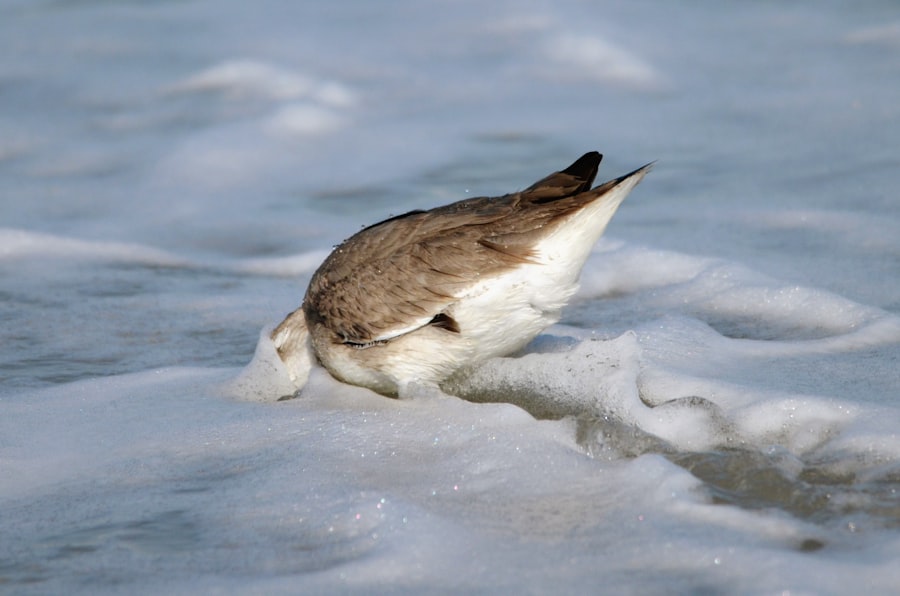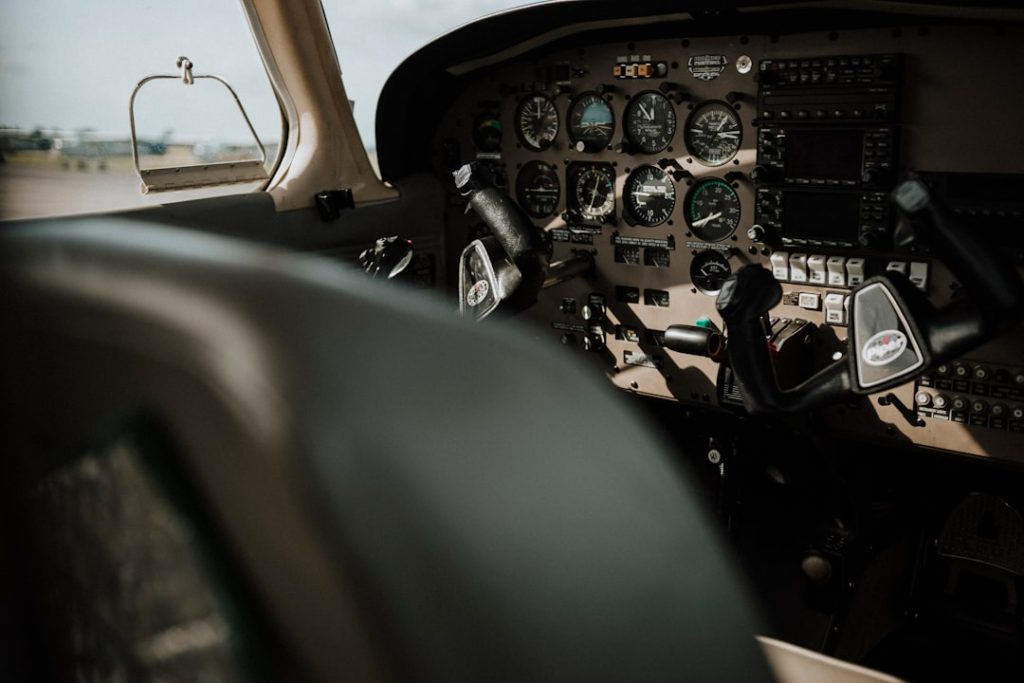Piping is an essential skill in the world of baking and cake decorating, allowing for intricate designs and beautiful finishes on a variety of confections. To embark on this creative journey, one must first gather the necessary tools and ingredients. A piping bag, typically made of durable plastic or cloth, is the primary instrument for this art form.
Couplers, which allow for easy swapping of piping tips without changing the bag, are also crucial. Additionally, a selection of piping tips—ranging from round to star-shaped—enables decorators to create different textures and designs. It’s advisable to start with a few basic tips to master the fundamentals before expanding your collection.
In terms of ingredients, the type of frosting or icing used can significantly impact the piping process. Buttercream is a popular choice due to its smooth texture and versatility, but royal icing and ganache can also be used for specific effects. Understanding the properties of these icings is vital; for instance, royal icing dries hard and is excellent for intricate designs, while buttercream remains soft and creamy, making it ideal for swirls and rosettes.
Before diving into piping, it’s beneficial to practice filling the piping bag correctly, ensuring that it is neither too full nor too empty, as this can affect control and precision during application.
Key Takeaways
- Start by practicing basic piping techniques with a round tip to get comfortable with the process.
- Consider the design and size of your project when choosing the right piping tip for the job.
- Master piping techniques like outlining, flooding, and creating different shapes to add variety to your designs.
- Consistent pressure is key to achieving smooth and even piping, so practice maintaining a steady hand.
- Troubleshoot common piping problems like air bubbles, inconsistent lines, and icing consistency by adjusting pressure and technique.
Choosing the Right Piping Tips
Selecting the appropriate piping tips is fundamental to achieving desired designs and effects in your decorations. Each tip has a unique shape and size that produces different results. For example, a round tip (such as Wilton #1 or #2) is perfect for writing or creating small dots, while a star tip (like Wilton #21) can create beautiful rosettes and borders.
The size of the tip also plays a crucial role; larger tips yield bigger designs, while smaller tips are suited for fine details. It’s wise to experiment with various tips to understand their capabilities and how they can be used to enhance your decorating style. Moreover, specialty tips can elevate your piping game significantly.
For instance, petal tips create delicate flower petals, while leaf tips can produce realistic foliage. Understanding how to use these specialty tips effectively can open up a world of creative possibilities. Additionally, some decorators prefer using disposable piping bags for convenience, while others opt for reusable cloth bags for sustainability.
The choice between these options often depends on personal preference and the scale of the decorating project at hand.
Mastering Piping Techniques

Once you have your tools and tips ready, mastering various piping techniques is the next step in your decorating journey. One of the foundational techniques is the basic squeeze-and-release method, where consistent pressure is applied to the piping bag to create even lines or shapes. Practicing this technique on parchment paper can help build muscle memory and improve control over the flow of icing.
It’s essential to maintain a steady hand and consistent pressure throughout the process to achieve uniform results. Another important technique is the use of different angles and movements while piping. For instance, holding the piping bag at a 45-degree angle can create a more natural flow when making borders or outlines.
Additionally, using circular motions can help in creating rosettes or swirls. It’s beneficial to practice these movements repeatedly until they feel second nature. Advanced techniques such as ruffling or creating intricate lace patterns require more finesse and practice but can yield stunning results when executed correctly.
Piping Consistency and Pressure
| Location | Piping Consistency | Pressure (psi) |
|---|---|---|
| Area 1 | High | 150 |
| Area 2 | Medium | 120 |
| Area 3 | Low | 90 |
The consistency of your icing is paramount when it comes to successful piping. Icing that is too thick will not flow easily through the piping tip, leading to uneven lines or clogged tips, while icing that is too thin may run uncontrollably, ruining your design. Achieving the right consistency often requires practice and experimentation with different recipes.
A good rule of thumb is to aim for a texture that holds its shape but is still pliable enough to flow smoothly from the bag. Pressure control is equally important in piping. The amount of pressure applied to the piping bag directly affects the size and shape of the output.
Beginners often struggle with maintaining consistent pressure, which can lead to uneven designs. A helpful technique is to practice squeezing gently at first and gradually increasing pressure as needed. Additionally, using both hands—one to hold the bag and the other to guide it—can provide better control over the flow of icing.
This dual-hand technique allows for more intricate designs and greater precision in your work.
Troubleshooting Common Piping Problems
Even experienced decorators encounter challenges while piping, but understanding common issues can help troubleshoot effectively. One frequent problem is icing that won’t flow smoothly from the piping bag. This can be caused by several factors, including overly thick icing or a clogged tip.
If you find yourself in this situation, consider thinning your icing slightly with a few drops of water or using a toothpick to clear any blockages in the tip. Another common issue is uneven pressure leading to inconsistent designs. This often occurs when decorators are not holding the piping bag correctly or are applying too much pressure in one area while not enough in another.
To combat this, take time to practice holding the bag at different angles and applying even pressure throughout your piping session. If you notice that your designs are collapsing or losing shape after being piped, it may indicate that your icing consistency needs adjustment or that you need to work more quickly before it sets.
Decorating with Piping

Piping opens up a realm of creative possibilities when it comes to decorating cakes, cookies, and other desserts. From simple borders to elaborate floral arrangements, the techniques learned can be applied in various ways to enhance your baked goods visually. For instance, using a star tip to create a shell border around a cake adds an elegant touch that elevates its overall appearance.
Similarly, practicing flower techniques can lead to stunning cake toppers that impress guests at any gathering. In addition to traditional cake decorating, piping can also be used for more playful designs on cookies or cupcakes. Using vibrant colors and different tips allows decorators to create whimsical characters or themed decorations that appeal to children and adults alike.
Incorporating techniques like marbling or ombre effects can further enhance these designs, making them visually striking and unique. The versatility of piping means that decorators can continually experiment with new ideas and styles, ensuring that each creation is distinct.
Piping on Different Surfaces
The surface on which you are piping plays a significant role in how well your designs will hold up over time. For instance, buttercream works beautifully on cakes due to its creamy texture and ability to adhere well; however, when working with royal icing on cookies or fondant-covered cakes, different considerations come into play. Royal icing dries hard and provides a smooth canvas for detailed work but requires careful handling as it can crack if not applied correctly.
When decorating cupcakes or other baked goods with varying textures, it’s essential to consider how each surface interacts with your chosen icing type. For example, when piping on fondant-covered cakes, using a small round tip can help create fine details without risking damage to the underlying fondant layer. Conversely, when working on textured surfaces like whipped cream or ganache, larger tips may be more effective in achieving desired effects without losing definition.
Cleaning and Maintaining Piping Tools
Proper cleaning and maintenance of piping tools are crucial for ensuring their longevity and effectiveness in future projects. After each use, it’s essential to thoroughly wash piping bags and tips with warm soapy water to remove any residual icing or grease that could affect future applications. For reusable cloth bags, turning them inside out during washing can help dislodge any stubborn remnants stuck inside.
Additionally, storing your piping tools correctly can prevent damage and prolong their lifespan. Keeping tips organized in a dedicated container helps avoid misplacement and ensures they remain free from dust or debris when not in use. Regularly inspecting your tools for wear and tear is also advisable; replacing any damaged tips or bags will ensure that you maintain high standards in your decorating endeavors.
By investing time in cleaning and maintaining your tools, you set yourself up for success in all future piping projects.


